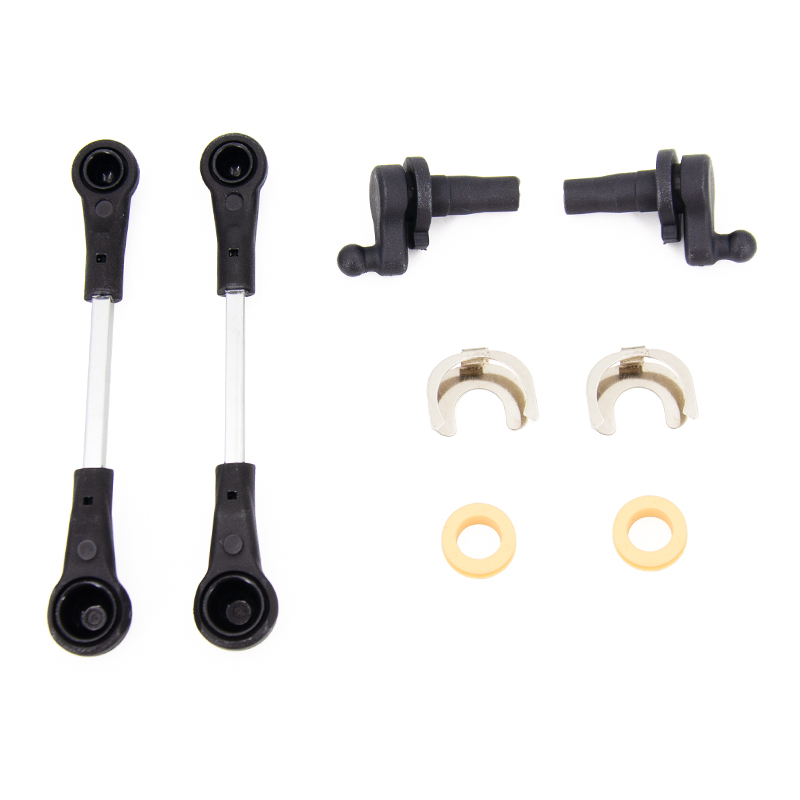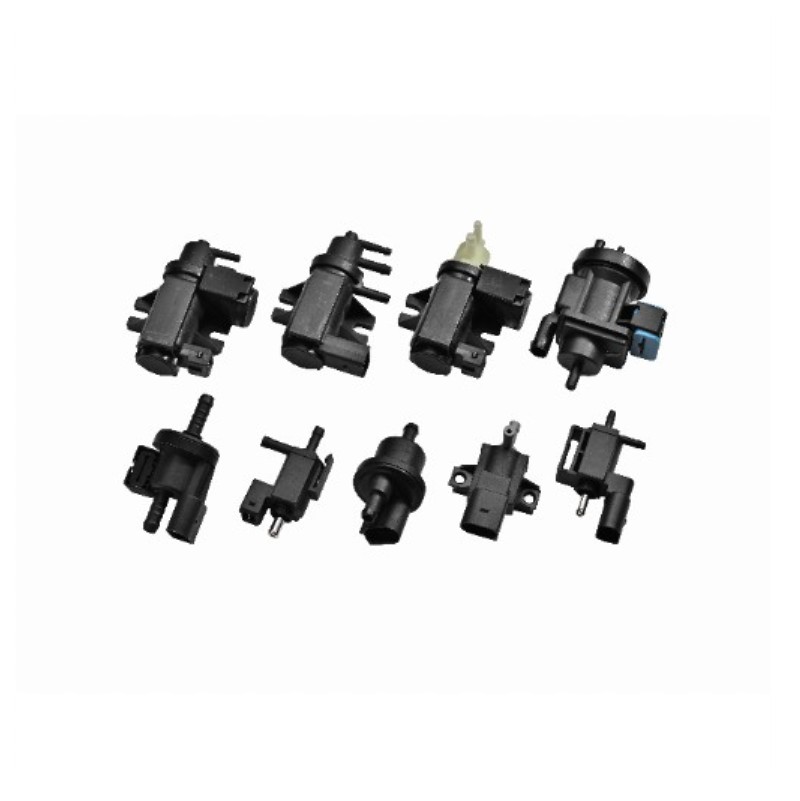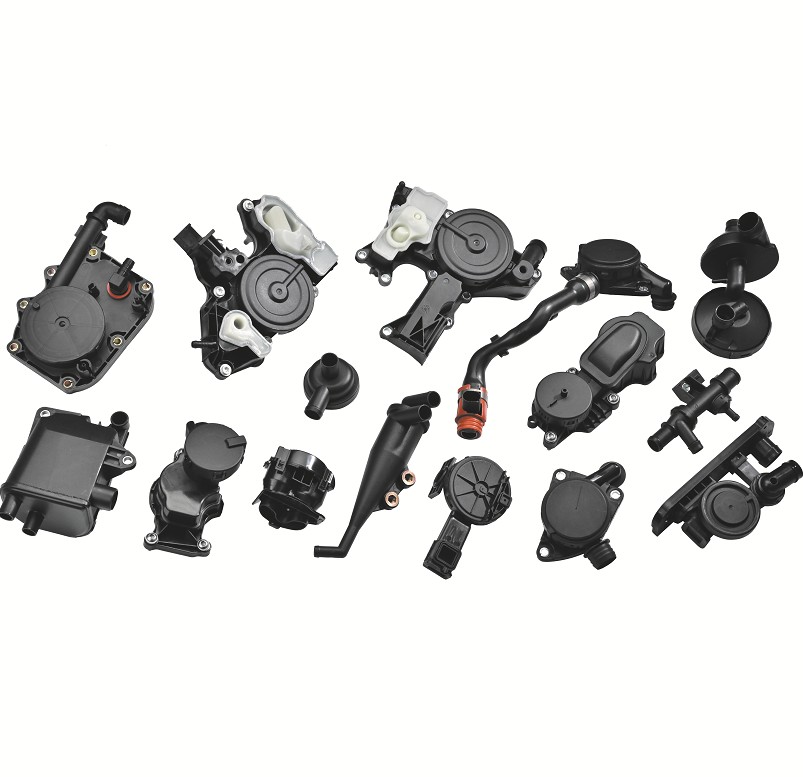In a modern car's fuel system, many key components work together to ensure the engine operates efficiently and safely. One frequently mentioned component, but not fully understood by many, is the fuel return line. It plays a crucial role in fuel supply and pressure regulation.
Content
Basic Definition and Function of the Fuel Return Line
As the name suggests, the fuel return line is part of a car's fuel system, and its main function is to return excess fuel that has not been consumed by the engine to the fuel tank.
Why is Fuel Return Line Necessary?
To understand the importance of the fuel return line, it's essential to understand how fuel supply works:
- High-Pressure Fuel Supply: The fuel pump (usually located inside the fuel tank) delivers fuel to the engine's fuel rail at a pressure higher than required for actual injection.
- Pressure Stabilization: At or near the end of the fuel rail, a pressure regulator monitors and maintains a constant fuel pressure, which is fundamental for accurate fuel injection.
- Excess Fuel Handling: Since the fuel pump typically pumps more fuel than the engine actually consumes to ensure sufficient supply under various operating conditions, excess, high-pressure fuel needs an outlet—the fuel return line.
Its core functions are:
- Pressure Regulation: Working in conjunction with the fuel pressure regulator, it returns fuel exceeding the set pressure to the fuel tank through the return line, ensuring stable fuel pressure before the injectors.
- Fuel Pump Cooling: During the return process, the fuel also helps cool the continuously operating fuel pump, extending its lifespan.
Evolution of Fuel Return Line Applications in Modern Automobiles
In early electronic fuel injection vehicles, the fuel return line was standard equipment. However, in the latest automotive designs, especially in many vehicles using direct fuel injection technology, the fuel system design has changed:
Returnless Fuel System
Many modern cars adopt a "returnless" system. In this design, the fuel pressure regulator is integrated into the fuel pump assembly within the fuel tank. Pressure regulation and excess fuel return are both completed inside the fuel tank, eliminating the need for an external fuel return line from the tank to the engine compartment.
The main advantages of a non-return system include:
- Reduced heat transfer from the engine compartment to the fuel, lowering the risk of vapor lock.
- Reduced line length and components, lowering costs and improving reliability.
- Helps reduce evaporative emissions, making it more environmentally friendly.

Common Faults and Maintenance of Fuel Return Lines or Systems
Whether your vehicle has a traditional fuel return line system or a modern non-return system, the health of your fuel system is crucial.
Fault Symptoms:
- Abnormal Pressure: A blocked return line can cause excessive fuel pressure, potentially leading to over-injection, engine vibration, difficulty starting, or decreased performance.
- Leaks: If the fuel return line or its connectors are old or damaged, fuel leaks can occur, producing a dangerous fuel odor.
- Poor Fuel Return: If the return line restricts flow, it can cause the fuel pump to work excessively, accelerating its wear.
Maintenance Recommendations:
Regularly inspect the fuel lines, including the fuel supply line and fuel return line (if equipped), ensuring there are no signs of wear, cracks, or leaks. In maintenance procedures, small components like a washer also play a vital role in ensuring tight connections and preventing fuel leakage. Always use high-quality washers in joints that require sealing or vibration damping.
If the engine experiences unstable fuel supply or abnormal starting, check the fuel pressure and, depending on the vehicle model, determine if it's necessary to check the fuel return line or pressure regulator. During disassembly, replacing sealing parts such as the washer is also recommended to maintain system integrity.


 English
English русский
русский Español
Español Deutsch
Deutsch











